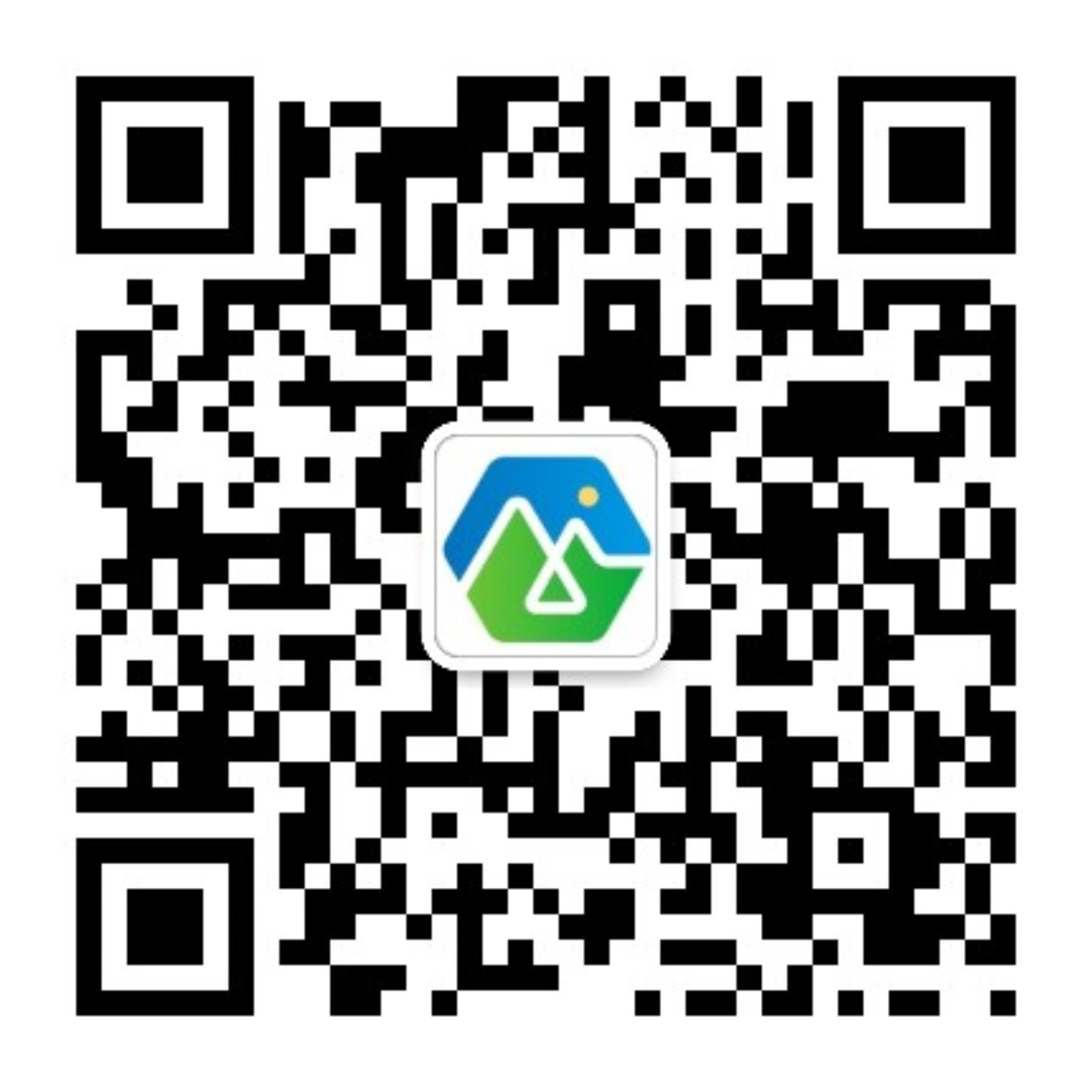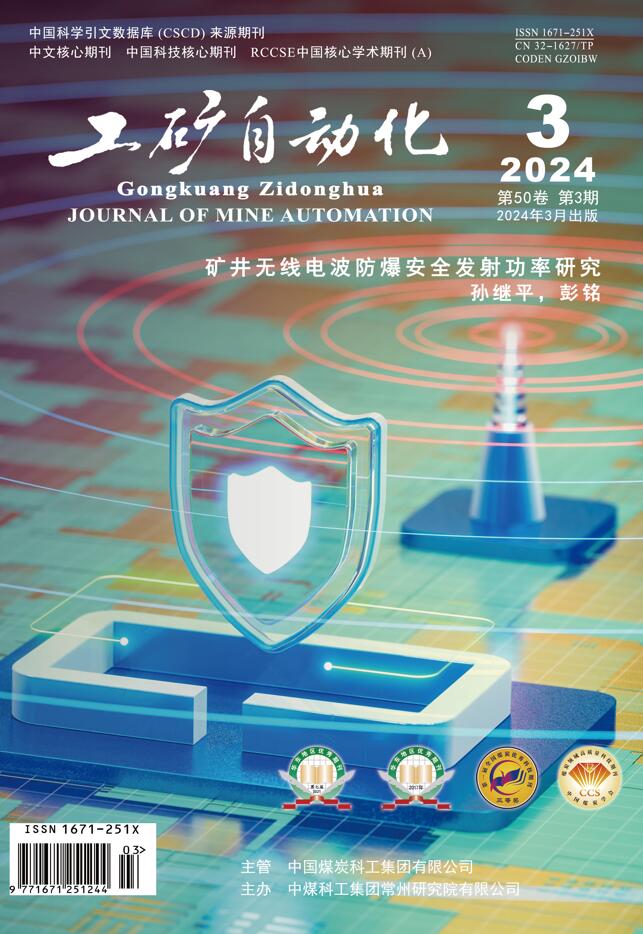Abstract:
Mine unmanned vehicles are needed to reduce the number of coal mine underground operating personnel and to build safe, efficient, green and intelligent mines. The characteristics of mine unmanned vehicles are summarized as following points. The positions of underground operating personnel in coal mine are comprehensively identified. All mine vehicles are controlled. Mine track transportation equipment only needs one-dimensional positioning. The lighting condition is poor. The wireless transmission attenuation is large. There is no satellite signal. The electromagnetic environment is complex. The characteristics also include electrical explosion-proof, humid environment and water spray and dust. This paper analyzes the technical characteristics of mine vehicle positioning, such as ultrasonic positioning, laser position, radio positioning(including RFID, ZigBee, UWB, WiFi6, 5G), inertial navigation, simultaneous localization and mapping(SLAM), odometer and so on. This study puts forward a joint positioning method of mine vehicle, which is based on UWB and supplemented by inertial navigation, odometer and SLAM. This paper analyzes the technical characteristics of obstacle identification and distance measurement of mine unmanned vehicle, such as laser radar, millimeter wave radar, infrared camera, visible light camera, visible light binocular vision camera and so on. This study puts forward a multi-information fusion method of obstacle identification and distance measurement of mine unmanned vehicle. The method is mainly based on laser radar, supplemented by millimeter wave radar, infrared camera, visible light camera, visible light binocular vision camera and ultrasonic radar. When the road condition is complex and the automatic driving can not make decisions, the mine unmanned vehicle needs to automatically switch to the ground remote control mode. In view of the above situation, it is pointed out that the mine unmanned vehicle ground remote control technology based on 5G is the preferred scheme. However, the mine 5G wireless communication system has the problems of small wireless coverage radius and high cost. Therefore, it is suggested to study the application of WiFi7 in the mine vehicle ground remote control.
SUN Jiping, JIANG Ying. Research on key technologies of mine unmanned vehicle[J]. Journal of Mine Automation,2022,48(5):1-5, 31. doi: 10.13272/j.issn.1671-251x.17947.




